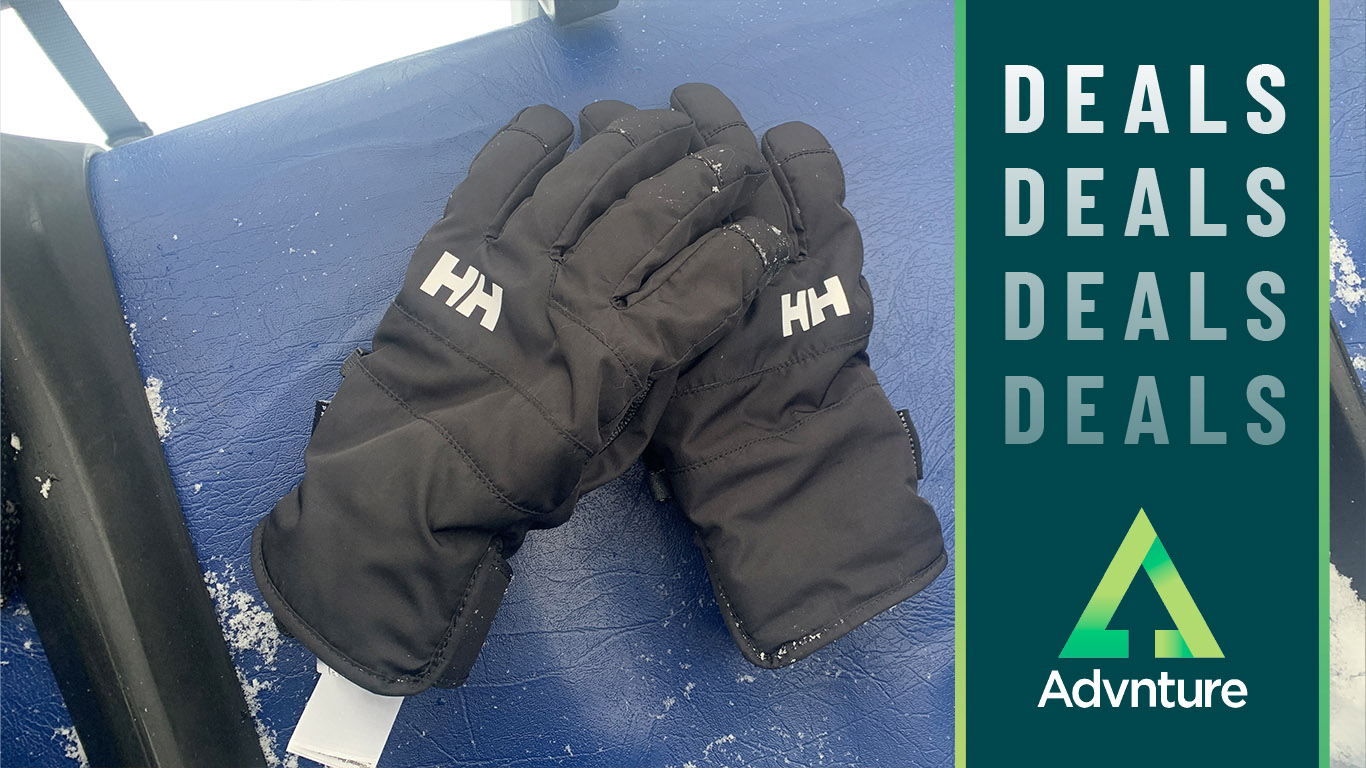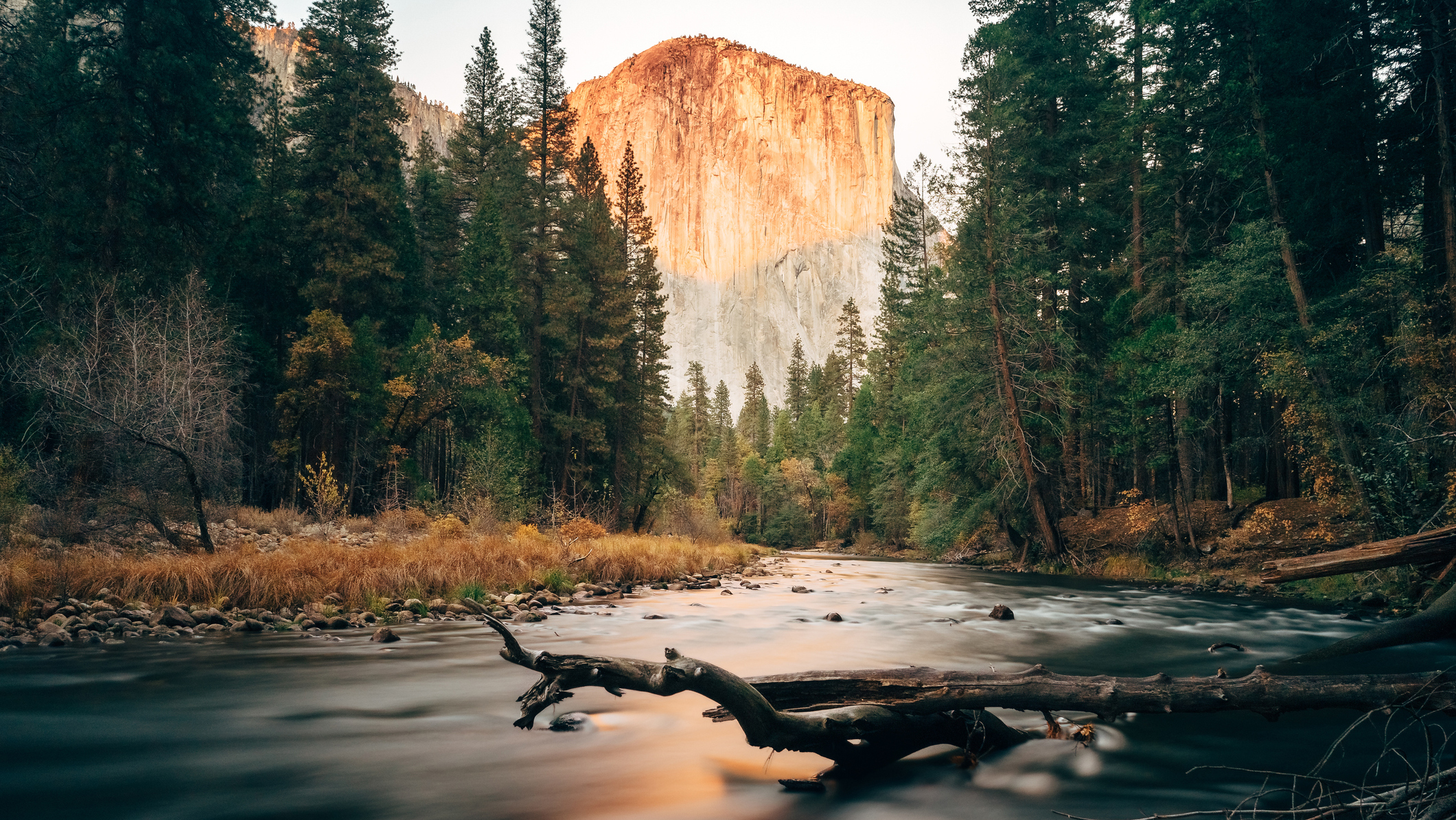
"In a word: gnarly" – the tenacious Hoka Mafate 5 trail runner has landed
The trail running giant is calling the newest iteration of the Mafate more cushioned and protective than ever before
All the latest inspiration, tips and guides to help you plan your next Advnture!

By Claire Maxted last updated
There's no need to break the bank when picking up a new pair of rides – the best cheap running shoes have been tested and rated by our experts

By Claire Maxted, Pat Kinsella last updated
The best running poles for tackling tricky terrain are lightweight, compact and easy to assemble, collapse and carry

By Julia Clarke, Cat Ellis, Charlie Lyon, Will Symons last updated
From rugged builds for multi-day missions in the mountains to sleek and lightweight running companions, the best Garmin watches combine reliable GPS, advanced performance metrics and long battery life to suit every kind of athlete and adventurer

By Julia Clarke published
Garmin is the gold standard of satellite communicators, and this device helps you head into the backcountry with confidence

By Julia Clarke published
These lightweight, innovative poles combine Z-shaped and telescopic design to give you tons of options for hiking, fastpacking, and trail running

By Julia Clarke published
Explore Canada's finest scenic spots from the comfort of the Rocky Mountaineer

By Julia Clarke published
The blaze comes as the Scottish capital is flooded by visitors for the Edinburgh Festival

By Julia Clarke published
Garmin is the gold standard of satellite communicators, and this device helps you head into the backcountry with confidence

By Will Symons published
The National Park Service is struggling through a busy summer, after thousands of employees lost their jobs or took redundancy

By Julia Clarke published
Meet the Patagonia Hi-Loft Nano Puff Hoody

By Julia Clarke published
These lightweight, innovative poles combine Z-shaped and telescopic design to give you tons of options for hiking, fastpacking, and trail running

By Will Symons published
Deals The Regatta Malawi 2 tent is a great option for beginners who don't want to spend hours scrambling around trying to pitch their tent

By Julia Clarke published
Deals Save 41% on this popular camping knife on Amazon

By Julia Clarke published
The man's strangled cries were mistaken by nearby hikers as a call for help

By Will Symons published
Deals The Sierra Designs Nomad 4 combines plenty of space with a lightweight exterior that a few campers can carry around the trails

By Claire Maxted last updated
There's no need to break the bank when picking up a new pair of rides – the best cheap running shoes have been tested and rated by our experts

By Claire Maxted, Pat Kinsella last updated
The best running poles for tackling tricky terrain are lightweight, compact and easy to assemble, collapse and carry

By Julia Clarke published
It was the ultra running legend's second time on the course

By Julia Clarke last updated
Xiang checks in from nearly 25,000ft above sea level

By Julia Clarke last updated
Xiang checks in from nearly 25,000ft above sea level

By Julia Clarke last updated
The start list for the UTMB finals in August has been released, and as usual, it's a veritable Who's Who of ultra running – but there are some notable runners missing

By Julia Clarke last updated
Ross and Hugo Turner plan to climb Mera Peak for a scientific and historical investigation into how mountaineering has changed over the past 100 years

By Will Symons published
The Altitude Centre is used by the world's best athletes to sharpen their bodies and prepare for the mountains – I was shattered after just one session

By Julia Clarke, Cat Ellis, Charlie Lyon, Will Symons last updated
From rugged builds for multi-day missions in the mountains to sleek and lightweight running companions, the best Garmin watches combine reliable GPS, advanced performance metrics and long battery life to suit every kind of athlete and adventurer

By Will Symons published
New additions to the Speedo Open Water Swim range are designed for open water swimmers who want to move in comfort

By Julia Clarke published
Deals Waterproof ski gloves that provide the warmth and protection of a burlier mitt, without the bulk

By Will Symons published
The Altitude Centre is used by the world's best athletes to sharpen their bodies and prepare for the mountains – I was shattered after just one session

By Will Symons published
Special Agent Kyle Turner and rookie ranger Naya Vasquez are set to return to our screens for an action-packed second season

By Will Symons last updated
How to watch The world's best lead climbers are on their way to Madrid, Spain - here's how to catch the action wherever you are

By Claire Maxted last updated
Our selection of the best water bottles for running available right now will help you select the best one to stay hydrated

By Alex Foxfield published
The thriller series stars Eric Bana as a special agent for the National Parks Service, and Sam Neill as his boss

By Rosee Woodland, Richard Edwards last updated
As the new season heats up in South Africa’s Great Karoo region, you can catch all the action with this amazing offer from NordVPN